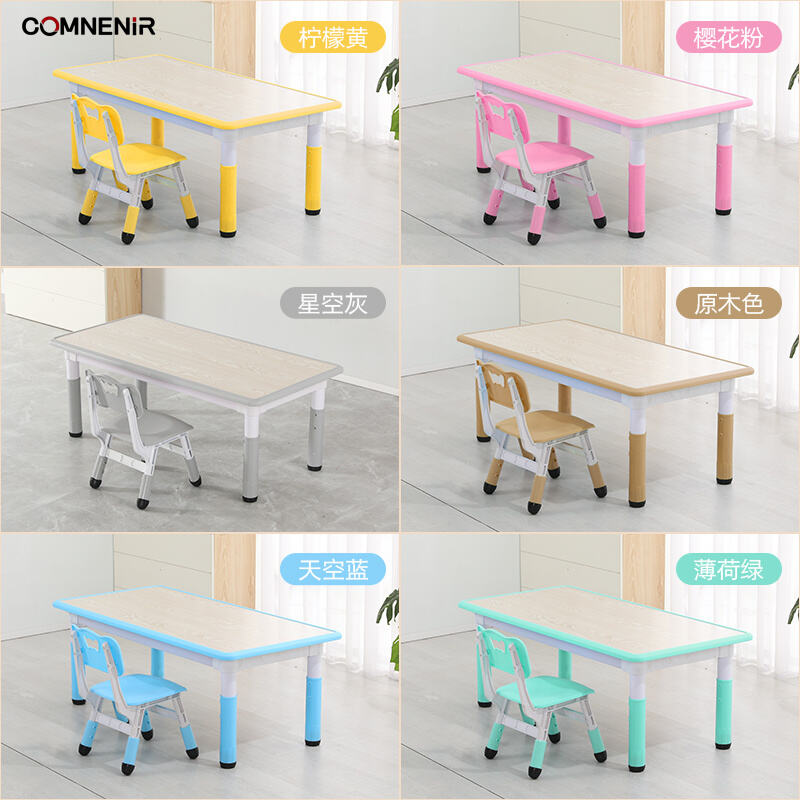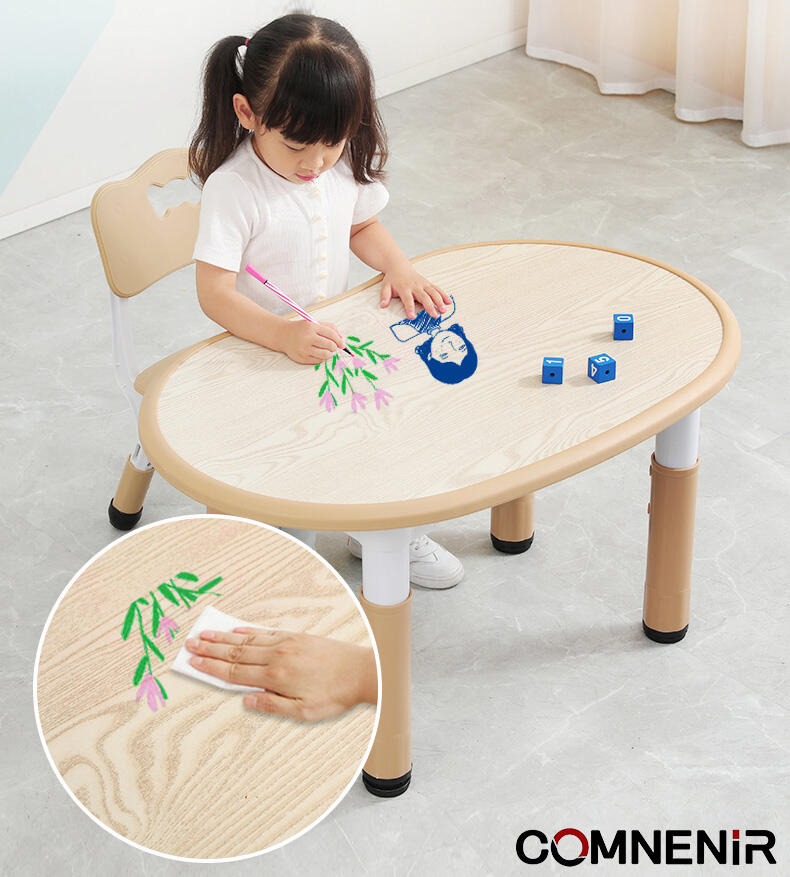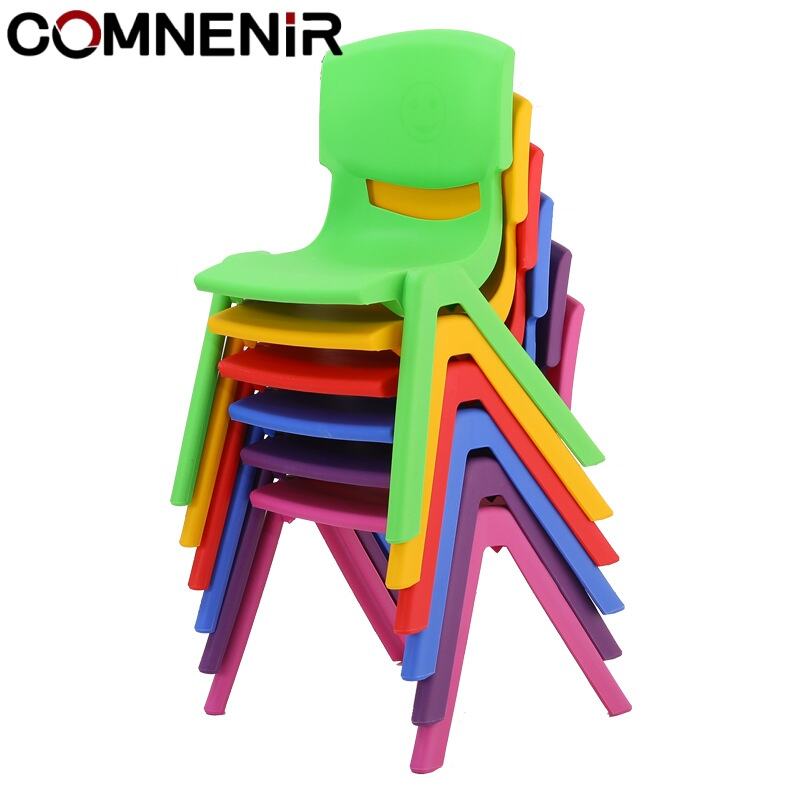student desk tables
Student desk tables represent an essential piece of furniture designed to enhance the learning experience and productivity of students across various educational settings. These ergonomically designed workstations combine functionality with comfort, featuring adjustable heights, spacious work surfaces, and built-in storage solutions to accommodate diverse study materials and technological devices. Modern student desk tables often incorporate innovative features such as cable management systems, USB charging ports, and device holders, adapting to the contemporary needs of digital learning. The construction typically utilizes durable materials like reinforced steel frames and scratch-resistant surfaces, ensuring longevity and maintaining appearance through extensive daily use. Many models include features such as tilting tabletops for drawing or reading comfort, integrated book stands, and modular designs that allow for easy reconfiguration of learning spaces. These desks are engineered to support proper posture while studying, with carefully calculated dimensions that maintain optimal viewing distances and arm positions for both traditional studying and computer work. The versatility of student desk tables extends beyond individual study, as many designs facilitate group work through connecting mechanisms or modular arrangements.


